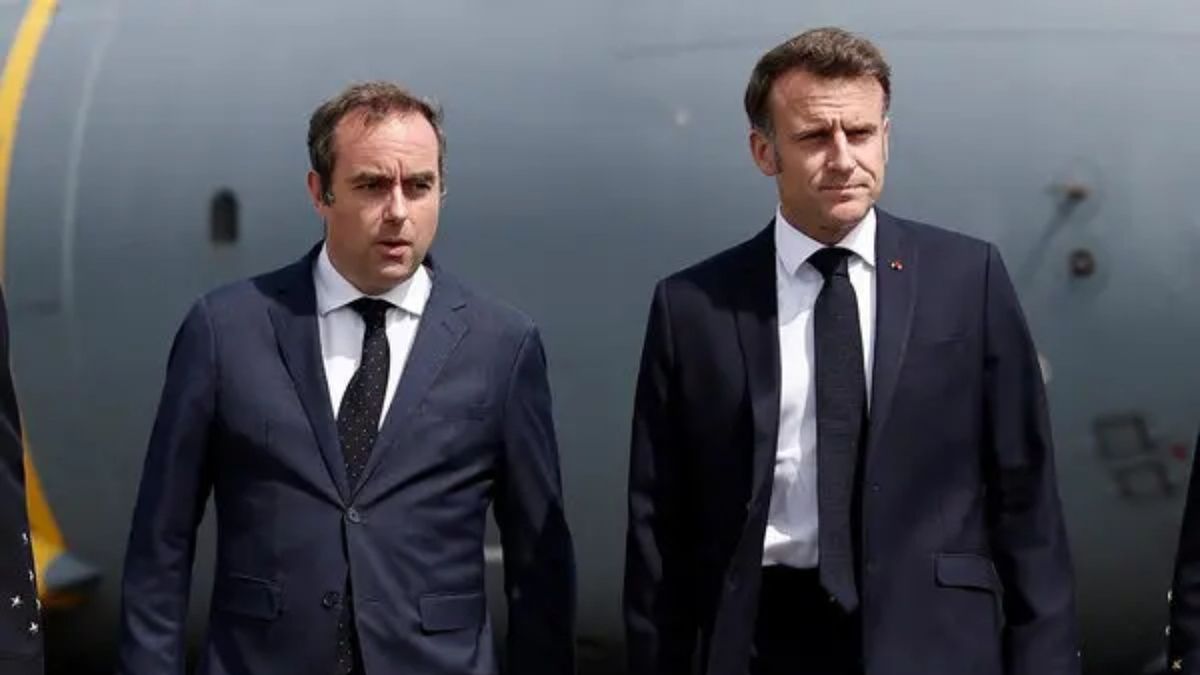Despite a better-than-expected fiscal performance, we highlight that one of the limitations of the pre-electoral fiscal expansion was the sources of financing, the main one being the monetary issue in a framework in which private external credit has not yet returned and net financing in pesos, which was below the government budgeted at the end of 2020. We estimate a net issuance / financing mix of the order of 70% -30%, respectively. In that sense, Issuance accelerated in December after having slowed down in November, something to be expected due to the seasonality of the primary deficit in December, something that will continue to put nominal pressure.
Tax Cover
This context of nominality in the economy was present throughout the year, although it was accentuated after the primary elections, where issuance accelerated notably, putting pressure on both inflation and the different exchange rates.
We return like this to the point discussed in the first paragraph: the program with the IMF. After the primary elections, President Alberto Fernández announced that a “multi-annual economic program” in the first days of December. The program has not yet been presented and we believe that it will be presented when the negotiations with the IMF are a little more advanced. In this sense, we highlight that our baseline scenario continues to be an agreement with the Fund, based on the high economic and political costs that not agreeing would have. One of the symptoms of this situation is evident in the BCRA’s reserve levels, which continue to fall.
With regard to the IMF, the presentation on Wednesday of the ex post evaluation of the Stand By program signed in 2018 stands out, in which the agency acknowledges that the program’s objectives were not met. It also highlights that had previously taken “debt operations and capital controls” measures, the program could have been more “robust”. In addition, they point to some “structural problems” in Argentina, which could be the focus of the new program, although the IMF does not make the latter explicit in Wednesday’s report. They stand out like this “Fragile public finances, dollarization (of portfolios), high inflation, weak transmission mechanisms of monetary policy, a small domestic capital market and a limited export base.”
Finally, the IMF points out some “Lessons” Among which we highlight two for their possible implications in the new program. First of all they talk about incorporating “realistic assumptions” in the programs while, secondly, they acknowledge that “Programs must be adapted to the circumstances of the country”, something that “could involve the use of unconventional measures” if standard macroeconomic policies are unlikely to work.
About the first “lesson” We believe that the Fund could point to the assumptions of the multi-year program being different from those presented by the government in the 2022 Budget, especially in terms of economic growth, inflation and exchange rate, something that according to the reports was discussed between the technical teams a few weeks ago in Washington.
FMI.jpg
Regarding the second, We believe that possibly both capital regulations and wage and price agreements could persist even in a program with the IMF, these measures being not typically implemented by the Fund.
In terms of investments, we believe that conservative profiles could point to options that protect capital in the context of high nominality already described, using instruments CER, Dollar Linked or Dollar futures.
Likewise, synthetic combinations between CER securities and dollar futures they also provide coverage. In this sense, we highlight two of the SBS funds: SBS Income Pesos FCI (inflation coverage) and SBS Capital Plus FCI (exchange coverage).
For their part, riskier profiles could see value in local equity or sovereign dollar bonds. History shows that those who bought Merval in dollars at these levels have known to have interesting returns in the medium term while our analyzes point to good returns for Global Bonds to 2024 even in stressful scenarios.
For the latter type of investor, We highlight that there may be short-term volatility, especially if there is a worsening of global financial conditions.
SBS Group Economist.
Source From: Ambito




